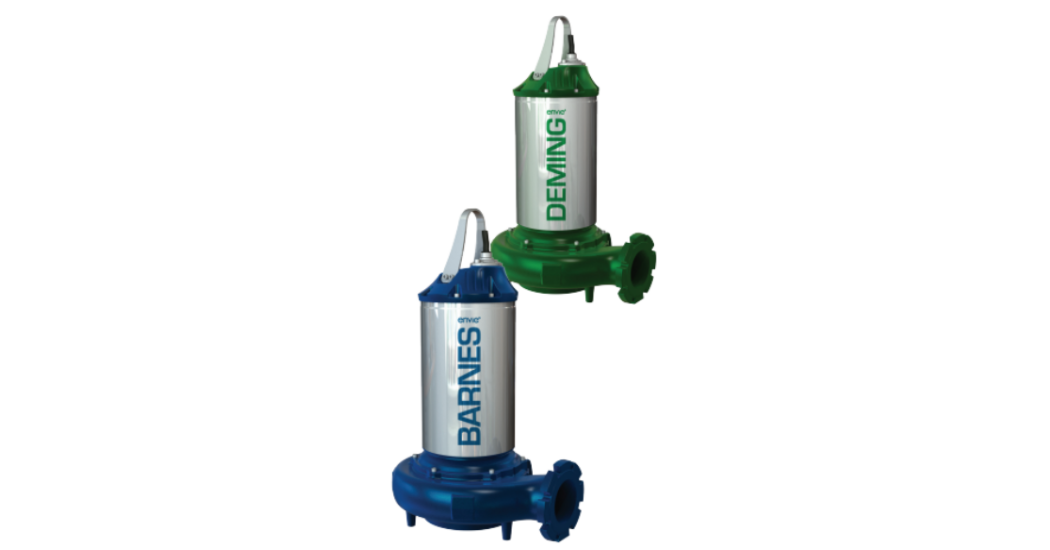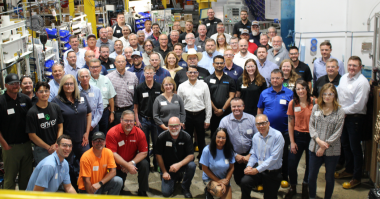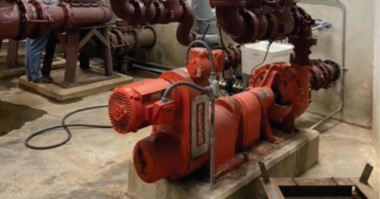Using variable speed/frequency drives on wastewater pumps can be tricky, but if the drives are sized and programmed properly, they can be very useful tools.
1. Ensure the motor data in the VFD settings matches the pump being used. Incorrect data within the VFD can result in incorrect turndowns, insufficient torque, or other issues which would result in clogging or damage to the pump.
2. Properly set the overloads within the VFD. Overload settings should never exceed 140% of Full Load Amps, as per NEC. These should be set as high as possible to prevent nuisance tripping during chopping, but also make sure local codes are followed. Using 10-15% above Full Load Amps is a good starting point.
3. Set your minimum turndown at 75% of the pump speed (45 Hz). Our chopper pumps chop best when they run at higher speeds. To avoid clogging, run as close to the standard pump speed as possible. Ensure your speed is sufficient to open the check valve.
4. Set your ramp up and ramp down times to be as short as possible. Note that all VFDs have inherent current limits. Be sure to balance your ramp up time with the inrush current so that your overloads do not trip on startup, while still keeping the ramp up time as low as possible. We recommend 5 seconds or less, and to never exceed10 seconds.
5. Make sure the drive is sized for and set for constant torque. Most drives have an automatic tuning option that matches the motor characteristics to the drive, and varies the settings as needed to keep constant torque. This automatic tuning does cause the recognition issues between the VFD and pump when a spare pump is installed, so it is not recommended in all applications.
6. Where possible, use a torque boost setting.
Read more about Operating Chopper Pumps With Variable Frequency Drives!




